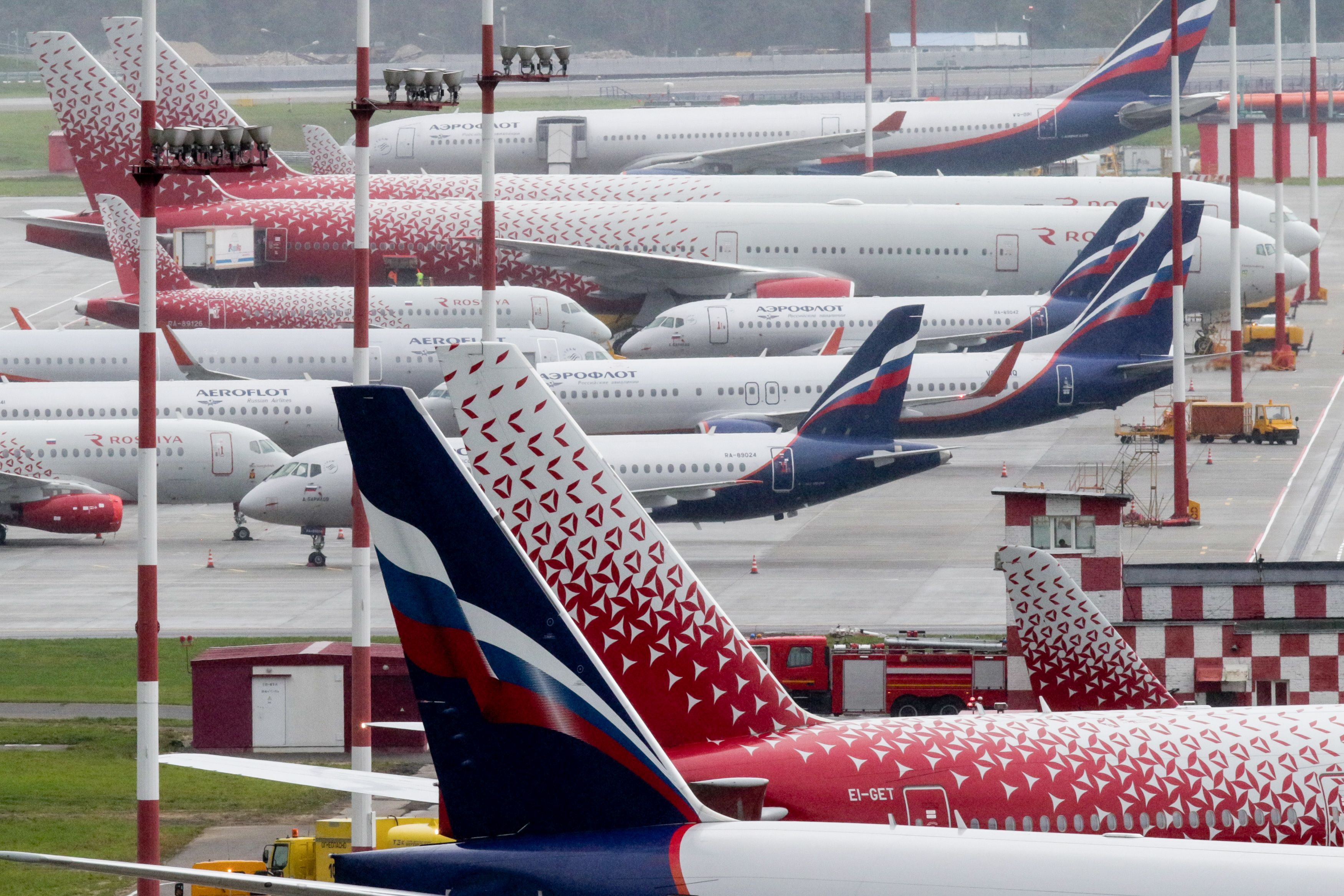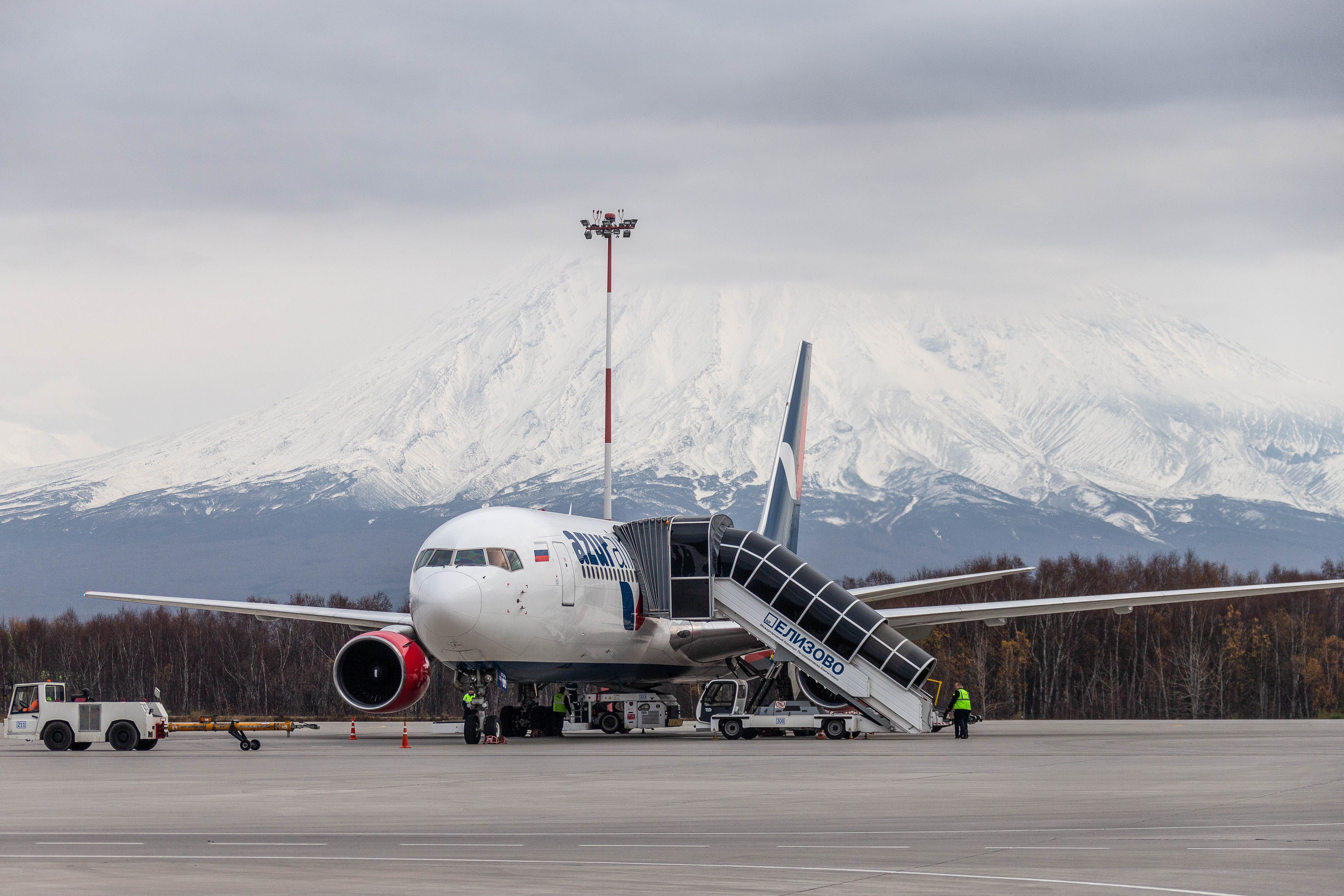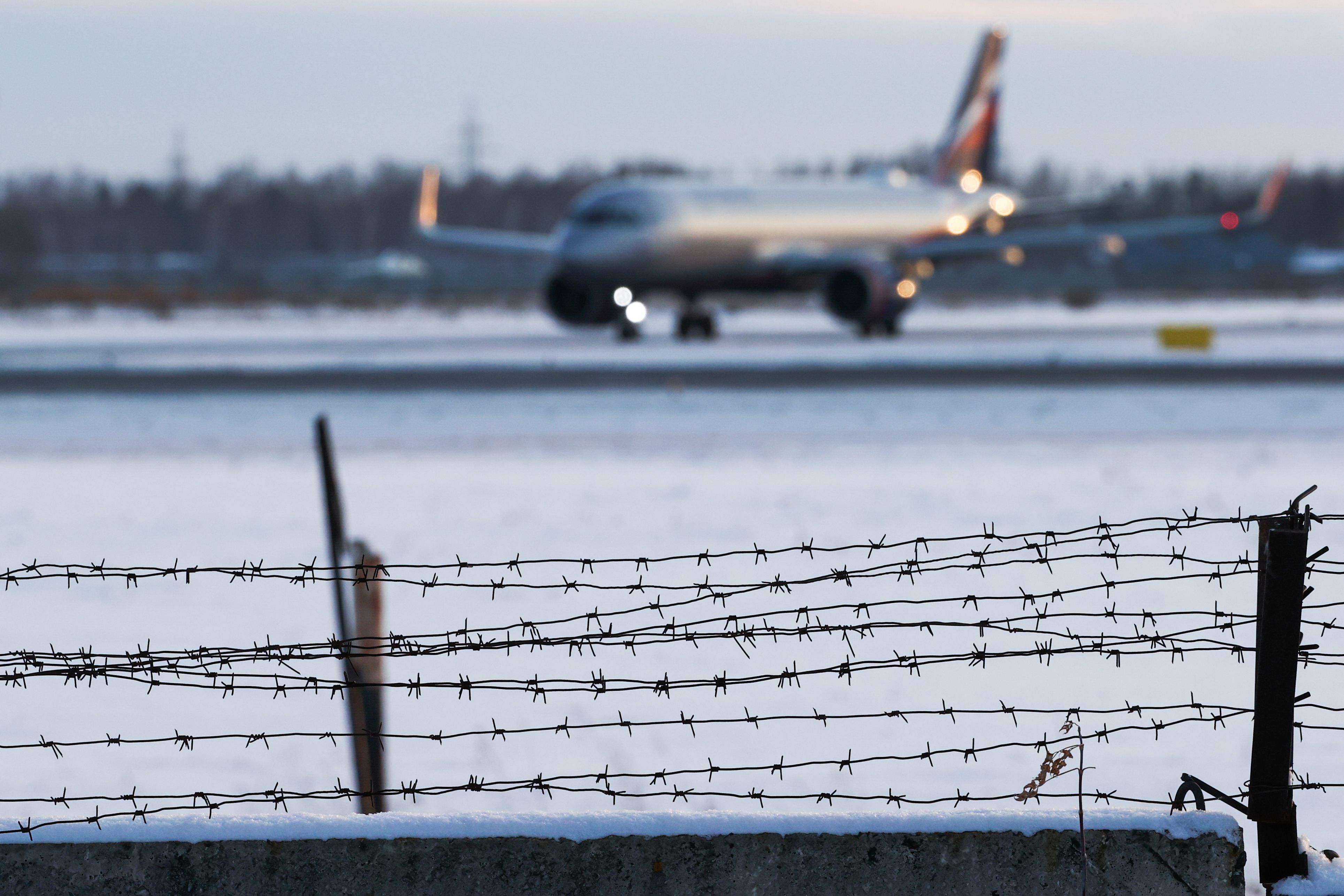The European Union Aviation Safety Agency (EASA) published a review of aviation safety issues arising from the war in Ukraine and identified up to 20 potential risks affecting commercial aviation due to Russia’s invasion of Ukraine. Let’s investigate further.
The impact on European aviation
It’s been over two months since Russia launched an invasion of Ukraine, impacting the Ukraine society in the first place and the global economy, including commercial aviation. Every member of the aviation industry has felt the impact of the conflict, from Airbus being unable to physically deliver new aircraft to Russian airlines like Aeroflot or leasing companies writing down their trapped aircraft in Russia to the rising fuel prices leading to problems in Nigeria or South America.
According to EASA, Russia’s invasion has resulted in new safety issues and has strengthened pre-existing ones.
EASA has developed a safety risk portfolio to identify safety issues affecting commercial aviation stemming from or associated with this conflict. The European agency identified 20 safety issues and categorized them under seven headings. These are security; infrastructure, and equipment; air traffic management and navigation service provision; human performance; management systems; energy crisis impact; and health and environment.
Security-related issues
EASA identified four security-related issues, according to its recently published portfolio. The first and most important is the increase in cyber-attacks associated with the conflict.
Nonetheless, EASA also identified issues such as separation with unidentified aircraft, errors of civil aircraft identification by ground military forces and airborne assets outside the conflict zone, and GPS signal manipulation, leading to navigation or surveillance degradation.
EASA stated,
“As shown by previous wars, misidentification is easy in confused arenas of warfare. If we add in the likelihood of jamming of electronic aids that may be involved with navigation and/or identification tools, then it is easy to see the potential for innocent aircraft being subject to missiles or radar laid weapons.”
In 2014, pro-Russian militants in Ukraine downed Malaysia Airlines Flight 17, killing all 298 people onboard.
Discover more aviation news here.
Safety issues related to sanctions
The Russian economy has been heavily impacted by Western sanctions, including several hurting the global aviation industry.
Due to these sanctions, aircraft manufacturers are unable to support their fleets in Russia, said EASA. This will have an impact on the safety standards of the affected aircraft and includes maintenance support, customer service, technical assistance, and more.
The sanctions may also lead to Russian airlines cannibalizing their aircraft to access a supply of spare parts. Cannibalizing aircraft may result in the operation of unairworthy aircraft.
Other safety-related issues
EASA listed many more safety issues related to Russia’s invasion of Ukraine, including the cosmic radiation threat associated with the new polar routes. The European Union and several additional Western countries banned Russian airlines and aircraft from their airspaces. Russia retaliated with the same move, which has added pressure to commercial routing.
EASA stated,
“Working on very long flights (due to longer routes), flights at high latitudes close or over the poles contribute to the amount of cosmic radiation that crew members are exposed to.”
This ban on airspaces can also lead to unfamiliarity with diversions and even with the approach to some airports that may be new to some crews. Finally, the longer routes may lead to crew fatigue for both pilots and cabin crew members.
The report is available here.



